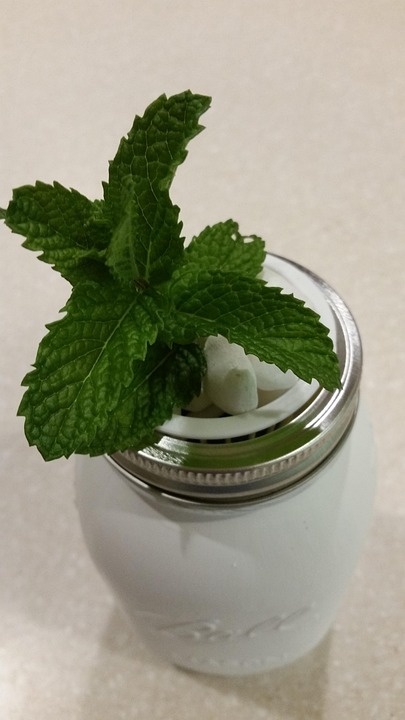Introduction
Hydroponics, the practice of growing plants without soil, has gained popularity among gardening enthusiasts and homeowners looking to enjoy fresh produce year-round. This innovative method allows you to grow plants indoors, optimizing space, reducing water usage, and eliminating the use of harmful pesticides. In this article, we will delve into the world of hydroponics, exploring the ins and outs of home-based systems.
Benefits of Hydroponics
Hydroponics offers several advantages over traditional soil-based gardening. Firstly, it requires less water usage, as the plants are grown in a nutrient-rich water solution that is recycled and reused. This water-saving feature is not only advantageous for the environment but also helps minimize your utility bills.
Secondly, hydroponics allows year-round cultivation, regardless of the season or climate conditions. This is especially beneficial for those who live in areas with harsh winters or limited outdoor gardening space. With hydroponics, you can grow a wide variety of plants, from herbs and vegetables to flowering plants and even tropical fruits.
Additionally, hydroponics eliminates the presence of weeds, pests, and diseases that are commonly associated with traditional gardening. The controlled environment of hydroponic systems prevents the need for herbicides and pesticides, resulting in cleaner, healthier produce.
Types of Home-Based Hydroponic Systems
Home-based hydroponic systems come in a variety of designs, each with its own unique benefits and suitability for different plant types. The most common systems include:
1. Deep Water Culture (DWC)
Deep Water Culture is a simple and inexpensive system that suspends the plant roots directly into nutrient-rich water. Air stones or diffusers provide necessary oxygenation to the roots. This system is ideal for growing leafy greens and herbs.
2. Nutrient Film Technique (NFT)
In the Nutrient Film Technique, a shallow stream of nutrient-rich water continuously flows over the plant roots, providing them with a constant supply of nutrients. This system works well for a variety of plants, including strawberries, lettuce, and herbs.
3. Ebb and Flow
This system involves periodically flooding the plant containers with a nutrient solution and then draining it away. It allows for the use of different growing mediums, such as expanded clay pellets or perlite, and is suitable for larger plants like tomatoes and peppers.
Getting Started with Hydroponics
If you’re ready to embark on your hydroponic gardening journey, there are a few essential elements you’ll need:
1. Growing Medium
Choose a suitable growing medium, such as rockwool, coconut coir, or perlite. The medium should provide support for the plants while allowing adequate airflow and water drainage.
2. Nutrient Solution
Purchase a hydroponic nutrient solution specifically formulated for the type of plants you wish to grow. These solutions contain essential minerals required for proper plant growth and development.
3. Lighting
Since hydroponics often take place indoors, artificial lighting is necessary to provide the plants with the required amount of light for photosynthesis. LED grow lights are a popular choice due to their energy efficiency and ability to emit the ideal spectrum of light.
4. Hydroponic System
Select a hydroponic system that suits your available space and desired plant types. Consider factors such as the number of plants you want to grow, space constraints, and your budget.
FAQs Section
What plants can I grow using hydroponics?
Hydroponics allows you to grow a wide variety of plants, including leafy greens like lettuce and spinach, herbs such as basil and mint, vine crops like tomatoes and cucumbers, and even flowering plants like roses and orchids. The possibilities are almost endless!
How often do I need to change the nutrient solution?
The frequency of changing the nutrient solution depends on various factors, such as the size of your hydroponic system, the type of plants you are growing, and the nutrient requirements of those plants. As a general guideline, it is recommended to change the solution every 1-2 weeks, ensuring that it remains oxygenated and free from any buildup of salts.
What are the potential challenges and drawbacks of hydroponics?
Although hydroponics offers many benefits, there are some challenges to consider. pH and nutrient balance maintenance, the risk of power outages affecting your system, and the initial investment required for setting up a hydroponic system are a few potential drawbacks to keep in mind. Additionally, it may take some time and experimentation to achieve optimal results, especially for beginners.




